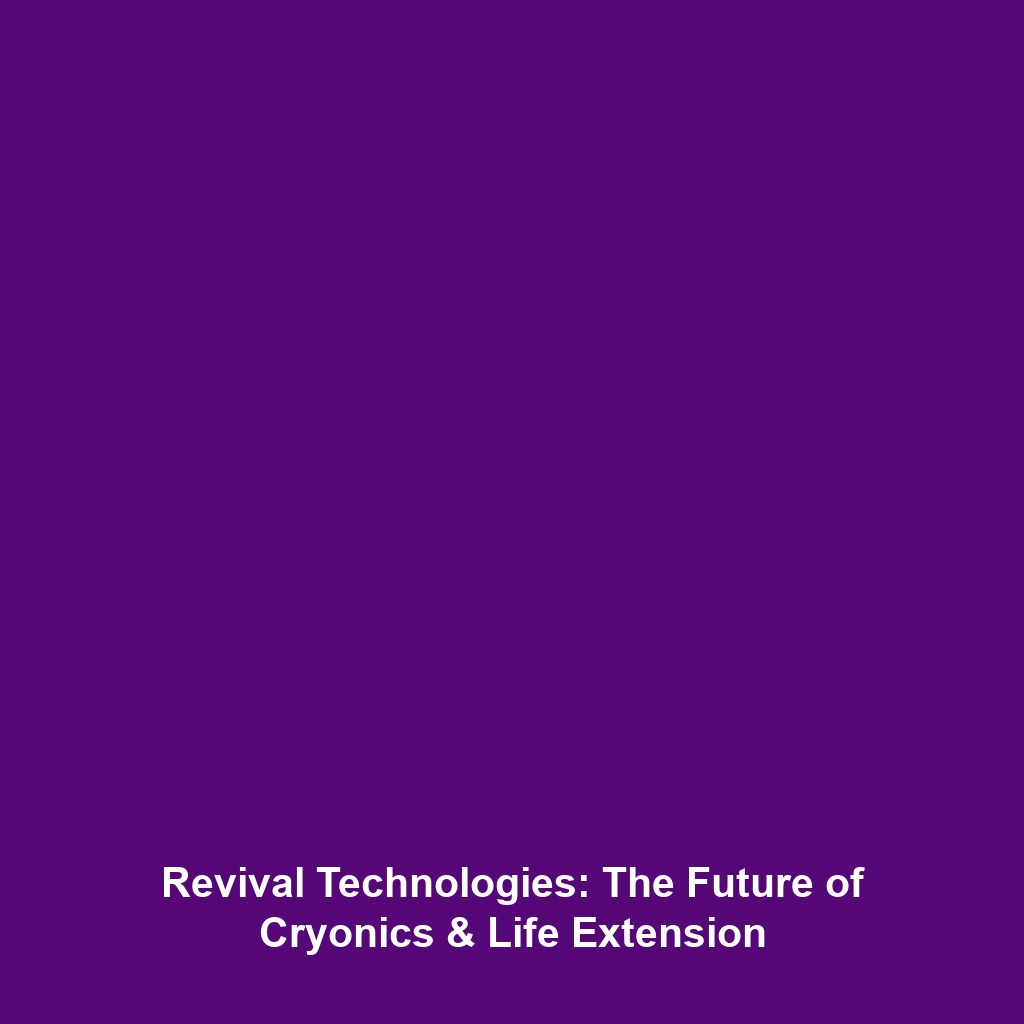What is Cryptanalysis?
Introduction
Cryptanalysis is a pivotal field within cryptography that focuses on the study of techniques for
deciphering encrypted information. As the backbone of secure communications, understanding
cryptanalysis enhances not only the strength of cryptographic systems but also the methods involved
in safeguarding sensitive information. In today’s digital age, where data breaches and security
threats are prevalent, grasping the fundamentals of cryptanalysis is more crucial than ever. This
article will explore the significance of cryptanalysis, its key concepts, real-world applications,
current challenges, and future directions in research.
Key Concepts of Cryptanalysis
Understanding what cryptanalysis entails involves recognizing several major concepts and principles
that define its practice within the broader field of cryptography. Here are some of the fundamental
aspects:
- Types of Cryptanalysis: Cryptanalysis can be categorized into various types, including
classical cryptanalysis, modern cryptanalysis, and quantum cryptanalysis,
each dealing with different encryption methods and technologies. - Cipher Attacks: It involves intentional attempts to execute cipher attacks, such as
brute force, known plaintext, and chosen ciphertext attacks, to gain access
to hidden information. - Mathematical Foundations: The principles of number theory and algebra are vital in understanding
how cryptosystems can be broken or strengthened.
Applications and Real-World Uses
Cryptanalysis has significant applications in both offensive and defensive cybersecurity strategies.
Here are some practical uses of cryptanalysis within the field of cryptography:
- Security Evaluation: Organizations employ cryptanalysis to evaluate the robustness of their
cryptographic protocols, ensuring that sensitive data remains protected. - Forensic Science: In criminal investigations, cryptanalysis can help decrypt communications
that may contain crucial evidence. - Blockchain Security: The effectiveness of various blockchain technologies relies on
cryptanalysis to maintain the integrity of transactions and prevent malicious attacks.
Current Challenges in Cryptanalysis
Despite its advancements, there are challenges and limitations within the study and application of
cryptanalysis. Key issues include:
- Scaling Difficulties: As encryption algorithms evolve, the complexity of cryptanalysis
increases, posing significant scaling challenges. - New Encryption Methods: Constantly emerging cryptographic techniques often outpace
cryptanalysis methods, making the cracking of new algorithms more challenging. - Resource Intensity: Cryptanalysis can require substantial computational resources, hindering
its practicality in certain scenarios.
Future Research and Innovations
The future of cryptanalysis is promising, driven by innovations and upcoming research that could
revolutionize the field of cryptography. Highlights include:
- AI and Machine Learning: The integration of artificial intelligence in cryptanalysis could
pave the way for new techniques that enhance decryption speeds and effectiveness. - Post-Quantum Cryptography: As quantum computing evolves, developing cryptanalysis methods
that anticipate and counteract quantum threats will be paramount. - Improved Algorithms: Research into more sophisticated algorithms may yield breakthroughs in
both cryptography and cryptanalysis.
Conclusion
Cryptanalysis plays an integral role within the realm of cryptography, serving as the counterpoint
to secure communication methods. By understanding the key concepts, applications, challenges, and
future research avenues in cryptanalysis, stakeholders can better safeguard their data against
emerging threats. For further exploration, readers are encouraged to delve into related topics such as
blockchain security and quantum cryptography.









